Mario Andretti: “The Old Man offered me twice the money I was getting from Colin”
Mario Andretti turned 80 in February. How weird does that sound… The great man’s last full IndyCar season was way back in 1994, but still it’s hard to think of him as ‘old’. He’s just too young at heart to ever be considered a pensioner.

Mario was due to be a special guest at the Goodwood Festival of Speed presented by Mastercard this summer, as the inspiration for ‘The Maestros – Motorsport’s Great All-rounders’ theme. Let’s hope he still makes it whenever the Festival next takes place. In the meantime, here’s some choice Andretti reflections, taken from a book Nigel Roebuck wrote from interviews conducted at the end of 1978 when the then 38-year-old had just won the Formula 1 World Championship for Lotus.
Reading time: perhaps the only benefit of ‘lockdown’.

Colin Chapman with Andretti at the 1978 US Grand Prix.
Andretti almost left Lotus for Ferrari in 1978
The book, simply titled Mario Andretti: World Champion, caught him in candid mood – although when is he anything else? Still, the revelation that he almost left Lotus in 1977 to join Ferrari for ’78 reminds us how close he came to missing out on Colin Chapman’s ground effects Type 79 masterpiece, and potentially the title that would define his F1 career.
“That was a really delicate thing,” says Andretti. “At around mid-season [1977], I signed a letter of intent… to stay with Colin for 1978. By the time Monza came around, Niki [Lauda] had said he was quitting Ferrari and going with Ecclestone [Brabham]. So now the number one seat was up for grabs. At that point Colin and I had a commitment to each other, but it could have been broken.
“After Monza I said to Colin, ‘I’m going to see Ferrari.’ ‘Don’t,’ he said, ‘because all you will do is confuse yourself and make it hard for yourself.’ But I had to satisfy myself, so I went . And the Old Man offered me twice the money I was getting from Colin.”
So why didn’t he leave? That season, terrible engine reliability had cost him a shot at the world title and Ferrari’s flat-12 was known to be near-bulletproof. In the end, he couldn’t pull himself away from Chapman and the investment of time and energy he’d put in to making Lotus a winner again. “And, by the way, [Colin] matched Ferrari’s offer…” he adds. Naturally, that helped too.

Andretti leads Ronnie Peterson at the 1978 Dutch Grand Prix at Zandvoort, both at the wheel of the Lotus 79.
Andretti was unhappy about Ronnie Peterson joining the team
Having recommitted to Lotus, Andretti was then annoyed when Chapman signed former Lotus ace Ronnie Peterson to replace Gunnar Nilsson for 1978. “I had nothing against Ronnie – I’d always like him,” says Andretti in the book. “But I had my doubts that the arrangement would work.”
… so he made sure he was number one
Andretti has always been open that his deal for ’78 stated clearly he was the team number one, and that ‘Super-Swede’ Peterson signed and accepted his place as the number two. Mario would face a backlash during the season amid accusations that Peterson was naturally quicker and all things being equal, would have beaten the American. It’s a perception – and an unfair one – that still hangs over Andretti’s title even today.
“I’d known Ronnie for a long time, and I knew he was an honourable guy,” says Andretti. “It’s quite true I was less than delighted when Colin suggested that Ronnie should come back to Lotus. I felt that I’d played my part in bringing the team back to the front, and I also felt that 1978 would give me my best shot at the title. I didn’t want anything to screw that up.
“Ronnie was a fantastic race driver. The man was a number one driver, nothing else. It seemed ridiculous to me that a guy with his ability and experience should have to accept the restrictions of a number two. At the same time, I’d made my position clear to Colin. The agreement was that if both cars were running at the front with no problems, then I was to win. Ronnie accepted that when he signed his contract. More important, he gave his word.”
And to Peterson’s eternal credit, he kept it.

Peterson with Andretti at the Japanese Grand Prix at Fuji, 1977. Peterson was driving for Tyrell at the time.
Peterson was one Andretti’s four closest racing driver friends
Andretti and Peterson finished first and second in the 1978 F1 standings, having started strongly in the year-old Lotus 78 and then really getting into their stride when the stunning 79 came on song. Andretti won six times, Peterson twice, the pair claiming four one-twos. In the context of the super-competitive 1970s, this was true domination.
But at Monza, on the day Mario’s title was sealed, Ronnie lost his life in a horrible first-corner pile-up. His injuries appeared to be serious but not life-threatening, but during the night complications set in and when Andretti arrived at the hospital the following morning to visit his friend, he was told Peterson was dead. The title had been Andretti’s goal since signing for Lotus in 1976 and over time he’d certainly take great pride in it, as was his right. But Peterson’s loss tarnished it then, and still does today.
In the book Andretti discloses just how much Ronnie Peterson meant to him – and the heavy price he’d paid for racing in the sport he loved. “I’ve had just four really close friends – among the drivers – in all the years I’ve been racing,” he says. “Billy Foster, who I knew well for just a couple of years, was killed in a NASCAR accident at Riverside in ’67. Then Lucien Bianchi and I were very close. I always used to stay with him when I came to Europe, and we drove together at Le Mans one year [1967]. He was killed there in ’69 in a testing accident. And the other two were Gunnar Nilsson and Ronnie Peterson.”
Nilsson also died, just weeks after Peterson, succumbing to cancer. “Gunnar’s illness… you just find it hard to accept that something like that can happen so quickly to a man so young,” says Andretti. “You know, team-mates aren’t necessarily friends. It happens or it doesn’t. Gunnar was such a loose, extrovert kind of a guy you couldn’t help but get along with him, but Ronnie was different, quiet and reserved. He took more getting to know. I mean, we’d known each other for years, but only when we became team-mates did we become really close friends. For all his reserve, he had a really great, dry sense of humour. There’s such a hole in motor racing now, and it’ll never be filled, no question about it.”
Peterson would be 76 were he alive today. If only. Imagine he and Mario in a black and gold Lotus train, running together up Goodwood’s Hill. Such stuff as dreams are made on.
Images courtesy of Motorsport Images.
Mario Andretti
Formula 1
Ronnie Peterson
Lotus
Ferrari





